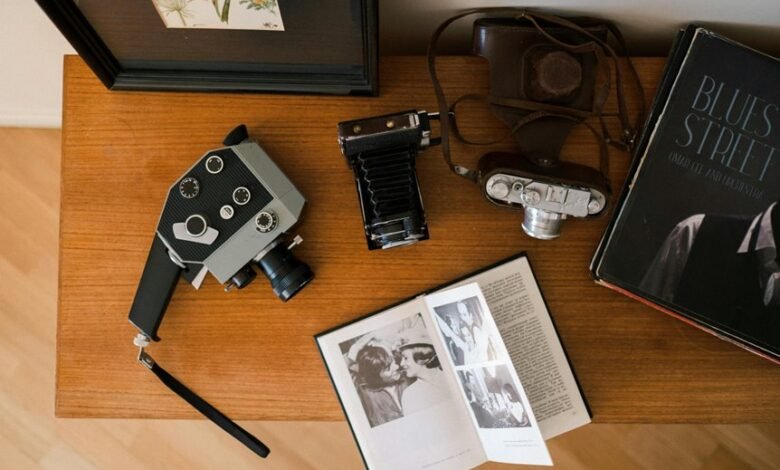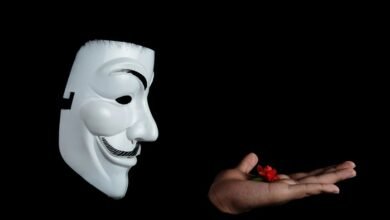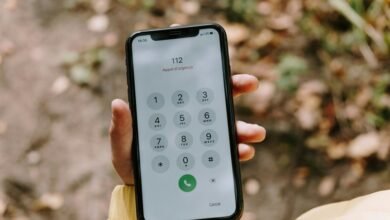Photoacpmpa: The Influence of Images on Law

The interplay between images and the legal system is increasingly significant. Visual evidence can sway juror opinions and impact trial results. However, the rise of digital manipulation raises ethical questions about authenticity. Jurors must navigate this complex landscape, where the line between fact and distortion often blurs. As technology advances, the implications of visual representation in legal contexts warrant careful examination. What frameworks can ensure integrity in this evolving domain?
The Power of Visual Evidence in Courtrooms
Although the use of visual evidence in courtrooms has evolved significantly over the years, its impact remains profoundly influential in shaping juror perceptions and outcomes.
Visual persuasion leverages the emotional resonance of images, compelling jurors to connect with the narrative. However, image authenticity is paramount; the credibility of visuals determines their effectiveness, as jurors must discern fact from manipulation in their deliberations.
Ethical Considerations in the Use of Images
The increasing reliance on visual evidence in legal settings raises significant ethical questions regarding its use and presentation.
Issues of image manipulation can distort truth, potentially misleading juries.
Furthermore, copyright issues complicate the ethical landscape, as unauthorized use of images may infringe on creators' rights.
Legal professionals must navigate these dilemmas to uphold integrity while ensuring justice is served.
Technology's Role in Shaping Legal Narratives
How does technology influence the construction of legal narratives in contemporary courtrooms?
Digital storytelling has revolutionized evidence presentation, allowing for nuanced interpretations.
Image manipulation can enhance or distort perceptions, impacting juror decisions.
Consequently, the interplay between visual media and legal arguments shapes narratives, fostering a deeper understanding while simultaneously raising ethical concerns regarding authenticity and representation in the pursuit of justice.
Conclusion
In conclusion, the intersection of images and law embodies a double-edged sword; while visual evidence can illuminate the truth, it also casts shadows of doubt through potential manipulation. As jurors grapple with the weight of authentic visuals versus deceptive representations, the quest for justice becomes a delicate balancing act. Thus, the legal system must uphold integrity, ensuring that the lens through which justice is viewed remains clear and unclouded, safeguarding the sanctity of truth in an increasingly complex world.





